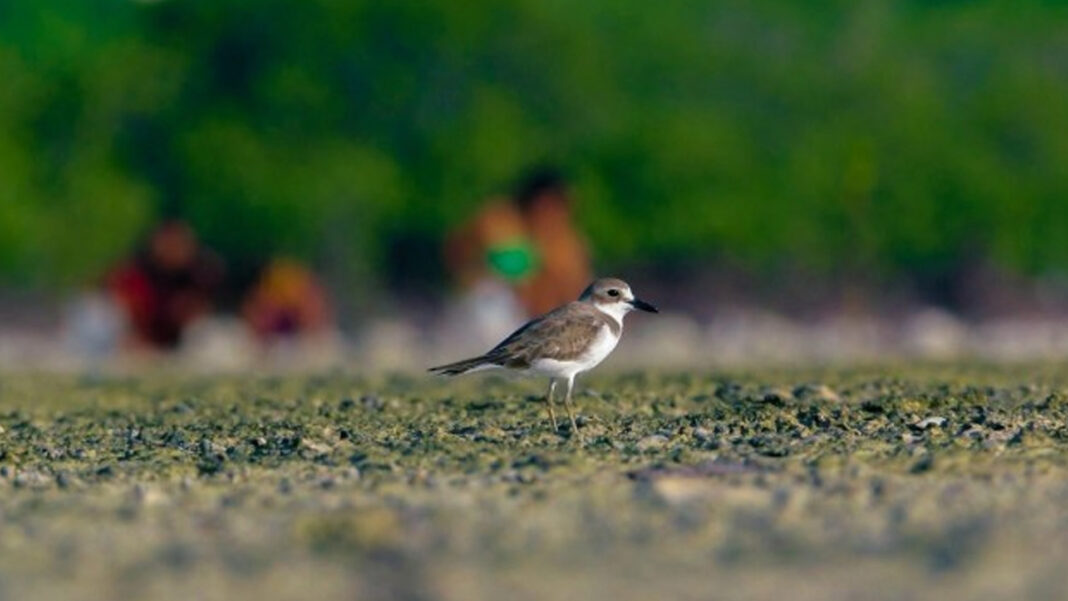The Philippines is hosting the 12th Meeting of Partners (MOP12) of the East Asian–Australasian Flyway Partnership (EAAFP) for the first time, spotlighting the country’s crucial role in protecting migratory waterbirds and their wetland habitats.
In a news release on Monday, the Department of Environment and Natural Resources (DENR) said the meeting is organized by its Biodiversity Management Bureau (BMB), and would run from Nov. 10 to 14 at the Olango Island Wildlife Sanctuary (OIWS), near Mactan Island in Cebu.
Olango Island, designated as a Ramsar site or a Wetland of International Importance, is the country’s first Flyway Network Site (FNS)
The OIWS is a crucial stopover and wintering ground for thousands of migratory waterbirds, including globally threatened species such as the Asian Dowitcher, Chinese Egret, Far Eastern Curlew, and Great Knot.
“Let us ensure that conservation is not pursued in isolation, but integrated with our aspirations for sustainable development, climate resilience, and the well-being of our people,” DENR-BMB Assistant Director Mariglo Rosaida Laririt said, emphasizing the shared mission of ensuring favorable conditions for migratory birds and people by safeguarding the ecological and cultural value of wetlands.
The DENR said that the MOP, which brings together EAAFP partners, experts, and observers, is a platform for knowledge exchange, strengthening partnerships, and advancing science-based approaches to wetland and waterbird conservation.
The event is attended by over 300 delegates from more than 20 countries, including government officials, non-government organizations (NGOs), academics, and Flyway site managers.
The EAAFP connects 22 countries along one of the world’s most significant migratory bird routes, from Alaska and Russia, down to Australia and New Zealand, supporting more than 50 million migratory waterbirds, including endangered species like the Far Eastern Curlew, Spoon-billed Sandpiper, and Black-faced Spoonbill.
The MOP12 will also mark several conservation milestones, including the recognition of three new Flyway Network Sites, the designation of two new Ramsar Sites, and the recognition of one Wetland City.
“There are important discussions ahead about the future of our flyway. Through MOP12, the EAAFP seeks to gather the perspectives of government and non-government partners, and engage other sectors to strengthen collaboration and push for a more inclusive approach to conservation,” EAAFP chief executive Jennifer George said in a statement.
The DENR said this year’s theme, “Weaving Connections: Celebrating Migration, Traditional Knowledge, and Innovation across our Flyway,” emphasizes the importance of integrating biodiversity conservation with sustainable development, climate resilience, and the well-being of local communities. (PNA)


